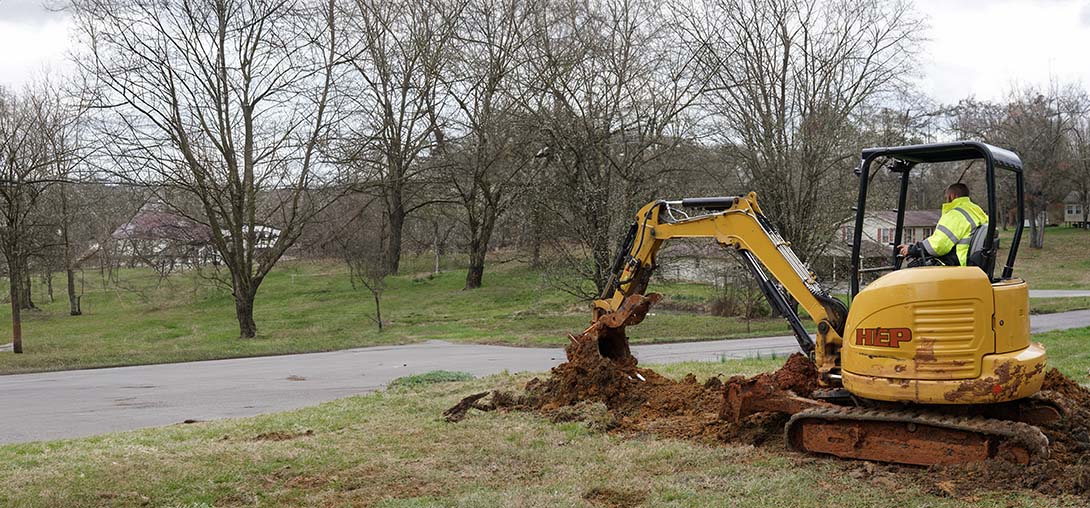

Persistent Clogs
Your trusted partner for professional home services. Quality workmanship, guaranteed satisfaction.




- HEP
- Persistent Clogs
Persistent Clogs | Main Line Issues | Plumbing | Strawberry Plains
Sudden backups, gurgling drains, and that tell-tale sewer odor can turn your Strawberry Plains home into a stress zone fast. When plungers and store-bought cleaners can’t cut through a stubborn clog, it’s often a sign of deeper main line issues—a damaged pipe, invasive tree roots, or years of grease build-up hiding far beneath your lawn. HEP’s licensed plumbers arrive with high-definition camera scopes, pinpoint leak locators, and hydro-jetting rigs ready to restore full flow without guesswork or yard-wrecking excavation.
From historic farmhouses off Valley Home Road to new builds near I-40, we understand the unique soil conditions and aging infrastructure that make persistent clogs a recurring headache in Strawberry Plains. Count on courteous, same-day service, transparent pricing, and a satisfaction guarantee that stands behind every repair. Day or night, one call to HEP brings fast relief and long-term protection for the artery of your plumbing system—so you can get back to enjoying clear, worry-free drains.
FAQs
What are the most common signs of a main sewer line clog in Strawberry Plains homes?
Warning signs include frequent backups in multiple drains (toilets, tubs, floor drains), gurgling sounds when water is running elsewhere in the house, water or sewage pooling around the floor drain, and foul odors coming from drains or the yard. Because Strawberry Plains has many older sewer laterals and mature tree roots, these symptoms typically appear suddenly after a rain or heavy water use. If you notice two or more of these issues at the same time, call a licensed plumber immediately to avoid a complete line blockage or sewage spill.
Why do main line clogs occur so often in Strawberry Plains?
Several local factors contribute: 1) Tree roots from native hardwoods aggressively seek moisture and can infiltrate small pipe joints or cracks. 2) The area’s clay soil can shift with seasonal moisture changes, causing pipe misalignment or collapse. 3) Many homes still have older clay or cast-iron sewer laterals that are rough inside, allowing grease, wipes, and debris to catch and build up. 4) High mineral content in the water can accelerate internal scale. Together, these conditions make regular maintenance crucial for preventing persistent clogs.
What should I do if my main sewer line backs up after normal business hours?
Turn off all water fixtures in the home to limit additional flow into the sewer line. Avoid using chemical drain cleaners—they seldom reach the blockage and can damage pipes. If sewage is backing up inside, stop flushing toilets and running appliances that use water. Then call our 24/7 emergency line. We keep an on-call crew in Strawberry Plains that can be dispatched within 60–90 minutes, even on weekends and holidays, to perform an initial assessment and relieve the blockage before major water damage occurs.
How do professional plumbers clear a persistent main line clog?
We start with a video camera inspection through the clean-out to locate the blockage and determine its cause (roots, buildup, collapsed pipe). For soft obstructions we typically use a high-powered hydro-jet that scours the full pipe diameter with 3,500–4,000 psi water. For heavy root intrusion or scale we may pair hydro-jetting with a mechanical root cutter. If the pipe is crushed or bellied, trenchless repair (pipe bursting or cured-in-place lining) may be recommended to give you a new seamless pipe without digging up your entire yard.
Will insurance cover the cost of repairing or replacing my sewer main?
Homeowners insurance usually does not cover normal wear-and-tear or root damage inside the pipe itself. However, many policies will pay for cleanup of water damage inside the home caused by a sudden sewer backup, and some now offer optional sewer line endorsements that help cover pipe replacement outside the foundation. We provide detailed inspection reports and photographs you can submit to your carrier, and we can work directly with adjusters on covered claims. Ask your agent about adding sewer line coverage if you don’t already have it.
How can I prevent future main line clogs after the current problem is fixed?
Schedule a preventive hydro-jetting and camera inspection every 18–24 months, especially if you have mature trees or an older clay/cast-iron line. Dispose of grease, oils, and coffee grounds in the trash, not the drain. Never flush so-called "flushable" wipes; they do not break down quickly enough. Install a backwater valve to stop municipal surcharges from flowing into your lateral during heavy rains. Finally, planting deep-root trees at least 10 ft away from the sewer path reduces the risk of root intrusion and keeps repair costs down over the long term.